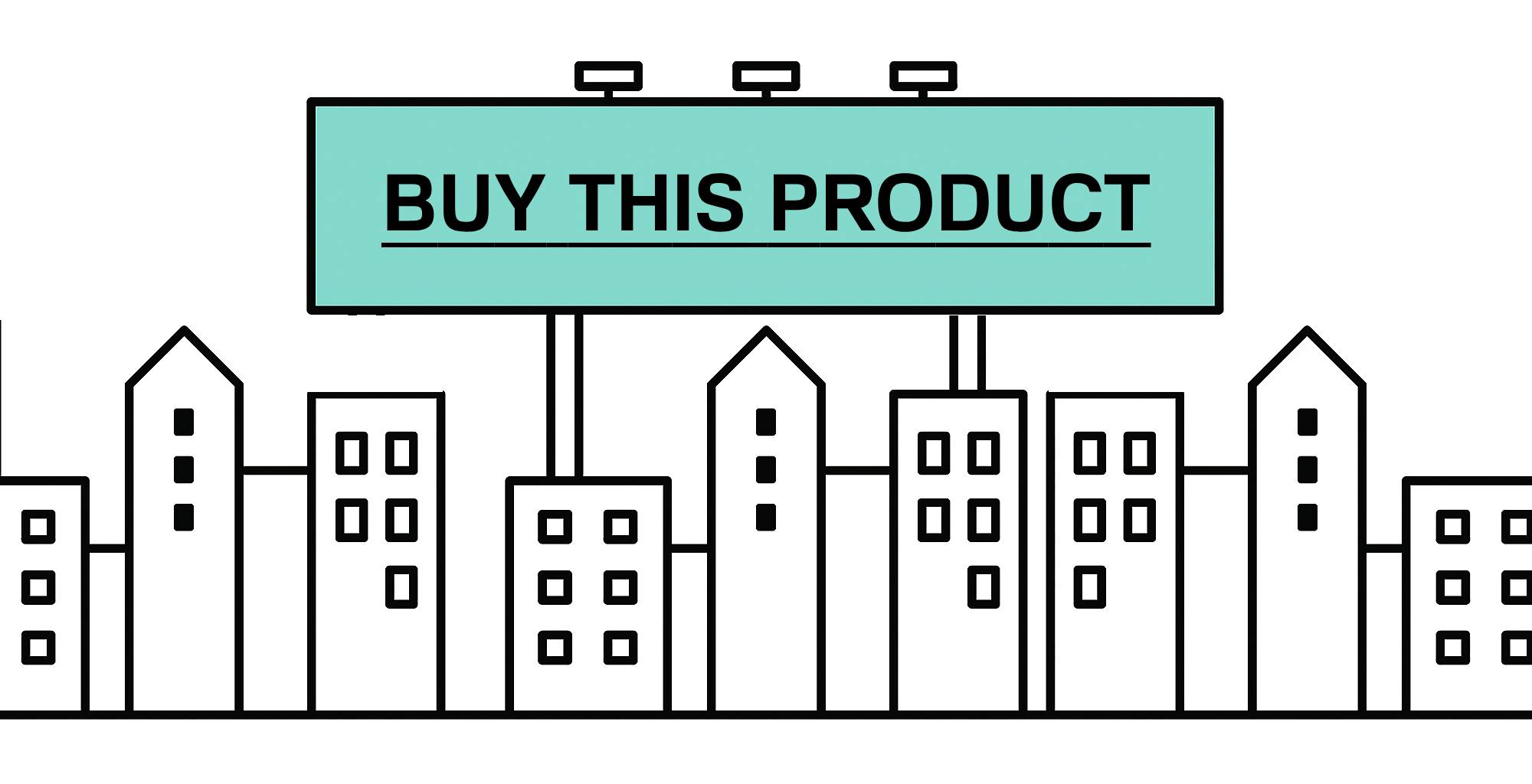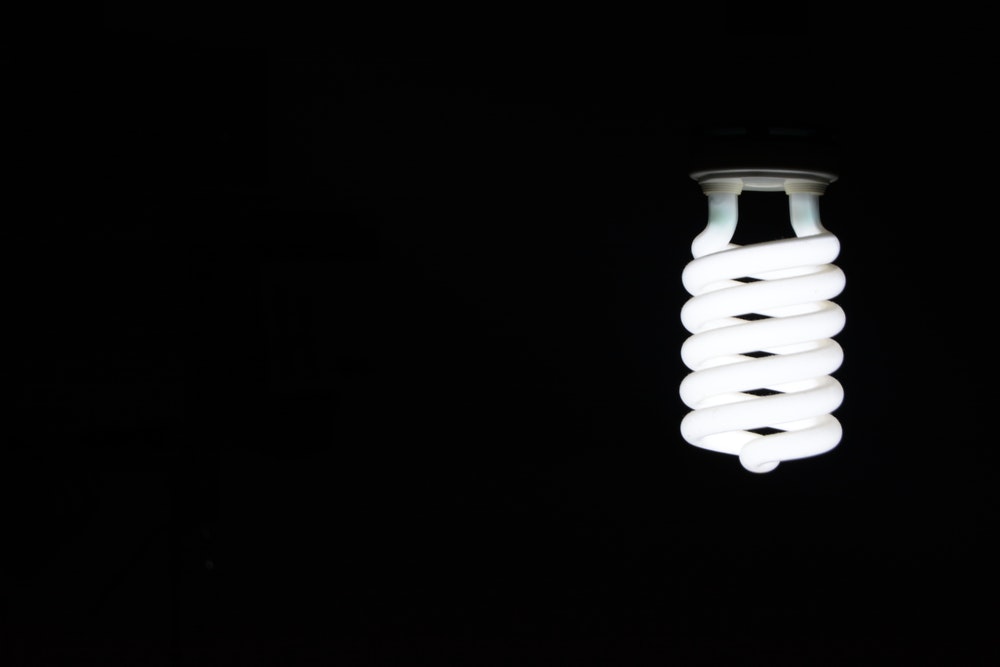
Dave Greiner co-founded Freshview in 2004 with his long-time mate, Ben Richardson. Dave is the design half of the founding partnership, and is responsible for the UI of their products. When not obsessing about form layouts, he’s known to obsess about over-hit backhand slices in table tennis.
Hi Dave, the story of Ben and yourself creating an email campaign solution is inspiring. Can you give us the 30 second history lesson here?
Back in 2004, we were running our own small web design shop. Business was going well, and lots of our clients started approaching us to send email newsletters for them. The search began for the right email marketing software to handle this side of the business — but all the tools we tried were either missing key features or were bloated and impossible to use.
Quite quickly we realized there was a genuine opportunity here to build an email marketing tool just for the web design industry. By late 2004, the first version of Campaign Monitor was launched. Fast forward to today and we’ve got 15 staff and tens of thousands of designers in more than 100 countries using our software, running email campaigns for themselves and their clients. It’s been a wild ride.
So, given you previously charged for services (time), and now are making money based on product, you would have a great insight into both spheres. What are the pros and cons for going to product-based sales, versus the grind of hourly billing?
I think it ultimately comes down to the type of person you are and the things you enjoy. Some people love the idea of working on a new project every week for a different client. I’ve been working on the same project for four years and still love what I do.
Personal preference aside though, the most obvious and important difference between product and time-based work is scale. I’d much rather be surfing than working; so, when I’m working, I want it to be as productive as possible.
When you’re charging by the hour, it’s much harder to grow your bottom line without growing your head count. By selling a product, especially a self-service product over the Web, you can double your business without having to work harder or hire more people. That’s a fairly significant pro, in my opinion.
You managed to gain great traction in the early days, with little spent on advertising. What do you attribute that success to?
I think the biggest factor behind our early success was that we built for a specific niche instead of trying to please everybody. By creating a tool just for web designers, we could build unique features perfect for the industry that nobody else was offering.
Just before launching, we approached some well-known designers for their feedback on the software. A number of them were kind enough to write glowing reviews on their blog, and it all started from there.
Another area we focused on, and still focus on, is the idea of promotion through education. We gave away as much knowledge as we could through articles and other free resources; this helped establish us as experts in the email design field and gained us a lot of free attention in the industry we were targeting.
If there was a simple tip you could suggest for anyone considering starting a product rather than relying on service income, what would it be?
Don’t be afraid to do both for a while. We built Campaign Monitor on the side a couple of days a week while we spent the rest of our time working for clients. It might take a little longer, but it also means you’re mitigating most of the risk involved in a new venture.
If I can sneak a second tip in, it would be to make things easy on yourself by charging for your software. If it adds value, people will be willing to pay for it.
Who doesn’t want to work at Freshview? Ping pong, free lunches, surfboards — you have a great philosophy there. What lessons have you learned along the way? (Oh, and when can I start?)
Our work philosophy wasn’t really a big strategic decision for us. It actually came down to our own expectations. This is where we spend the majority of our days, it’s our time away from the things we really enjoy doing. It better be fun.
To keep the balance right, we have a work environment where you can choose how distracted you want to be. All our developers have big offices so they can really dig in and get things done when they need to. But we also have break-out areas where you can play some ping pong , grab a free snack, and generally hang out.
We also try to get out of the office for things totally unrelated to work, like surfing lessons, lawn bowls, and go-carting. We always find we get the best out of our team if they’re spending some office time away from a monitor.
This post first appeared as part of Issue 424 of the SitePoint Tribune, a very popular email newsletter that I was co-editor of. Thanks to SitePoint for allowing me to reproduce the work here.







